IN Pics: 6 Iconic Indian Automobiles That Will Take You down the Memory Lane!
India's love affair with speed began early and in style!
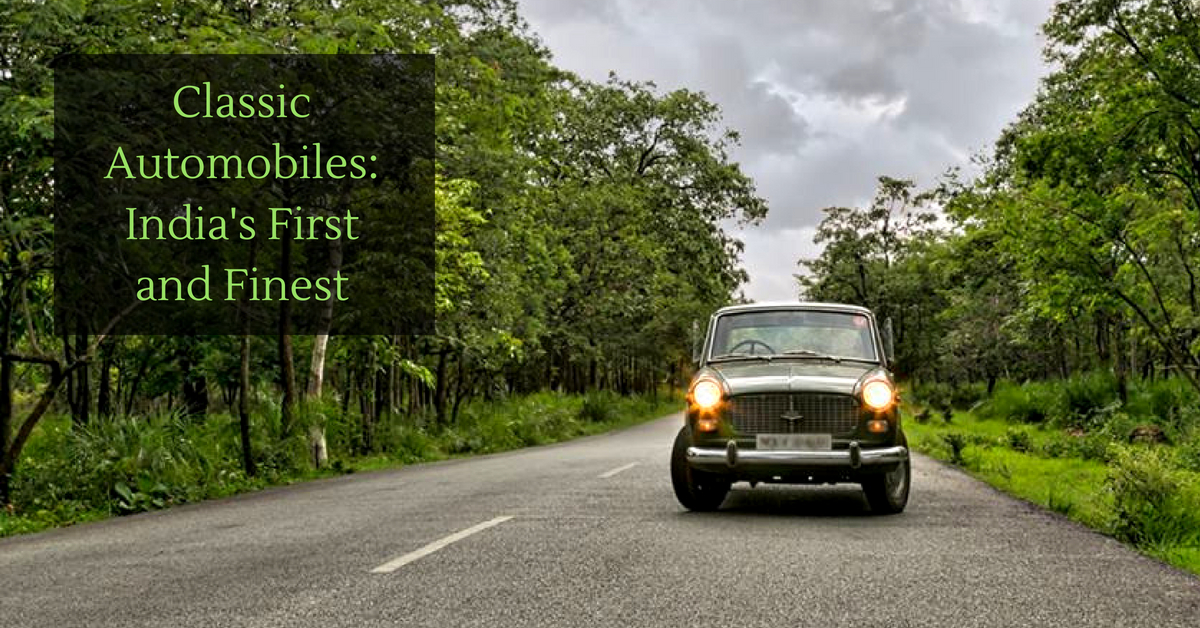
Back in the day, before the economy opened up and India got ‘modernised,’ there were very few automobiles on Indian roads. Cars and bikes were luxuries, and only a lucky few had the privilege of owning them.
This was the era of snakes and ladders and cathode-ray tube televisions. The past, as we know it, rambled on and at the turn of the millennium, we were flooded with choices. Those old classic automobiles started disappearing, and newer, more technologically advanced vehicles came about.
However, the allure of a classic still remains. They might guzzle gasoline, be loud, expensive to maintain, and not be as fast, or easy to handle as their modern counterparts.
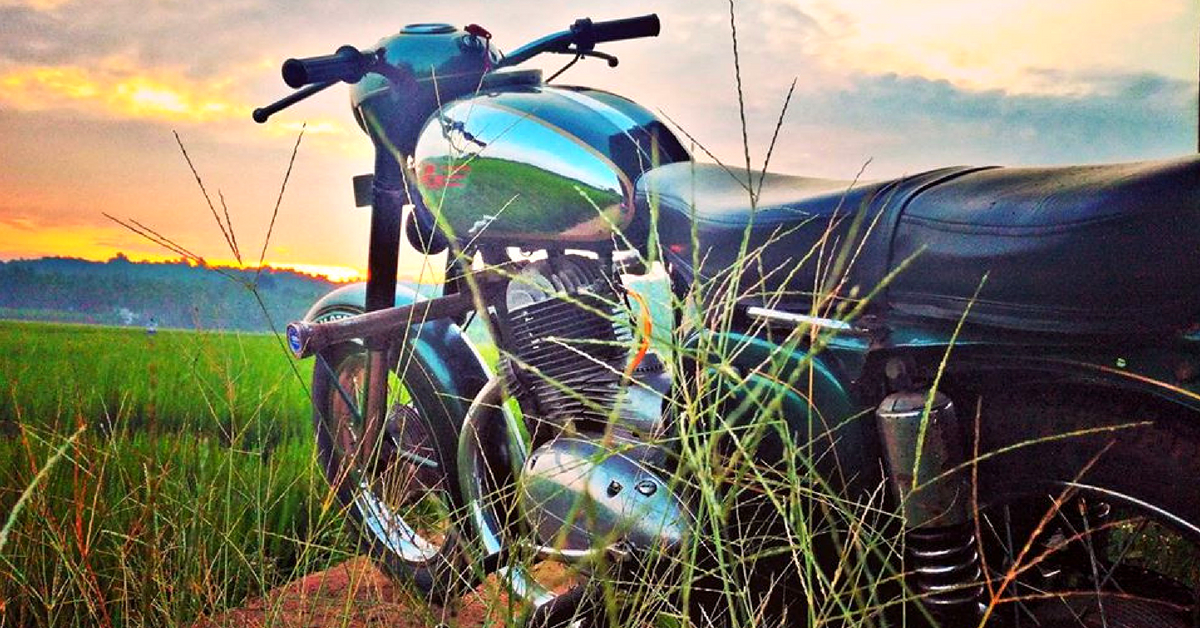
However, one must not forget their roots, and the vehicles today have much to thank their forefathers, for the various issues of the latter, were the foundation for the innovation of the former.
As we rapidly progress into the future, with liquid-cooling, fuel-injected engines and huge disc brakes with fancy callipers, the classics seem almost prehistoric by comparison. But, fire up the ignition of any of these old warhorses, and nostalgia floods the senses. Not to mention that the classics still turn heads wherever they go!
It is a universal law—for every high-powered performance oriented machine enthusiast, there is a classic collector, a person whose ownership pride goes beyond performance because owning a classic is owning a piece of history!
Here are some classics that graced our roads, and you might still catch a glimpse of some of them even today if you are lucky!
Cars
1) Premier Padmini

Last seen as taxicabs in Mumbai, this automobile was manufactured in India, from 1970 to 1998 by Premier Automobiles Ltd—a division of Walchand group, licensed by Fiat. The car was marketed initially as the Fiat 1100 Delight and ruled the sales charts in the 1970’s and the 1980’s. The Premier Padmini packed quite a punch for its time—it debuted in India in 1964 with a carburetted 1,089 cc 4-cylinder petrol engine, that cranked out 47 bhp, at 4,800 rpm. The car could attain a top speed of 131 kmph and was manufactured at Padmini’s Kurla plant in Mumbai.
The little car immediately became a huge hit. It was easier to drive than the burlier Ambassador, and later, began to come with features like leather upholstery, courtesy lights and tinted glasses. The liberalisation of the economy in 1991 spelt doom for this car, and it could not compete against the newer entrants in the market. The iconic Mumbai taxis too started disappearing after the government banned vehicles more than 20 years old.
The Premier Padmini, with its round headlamps and elegant shape, is a true classic indeed.
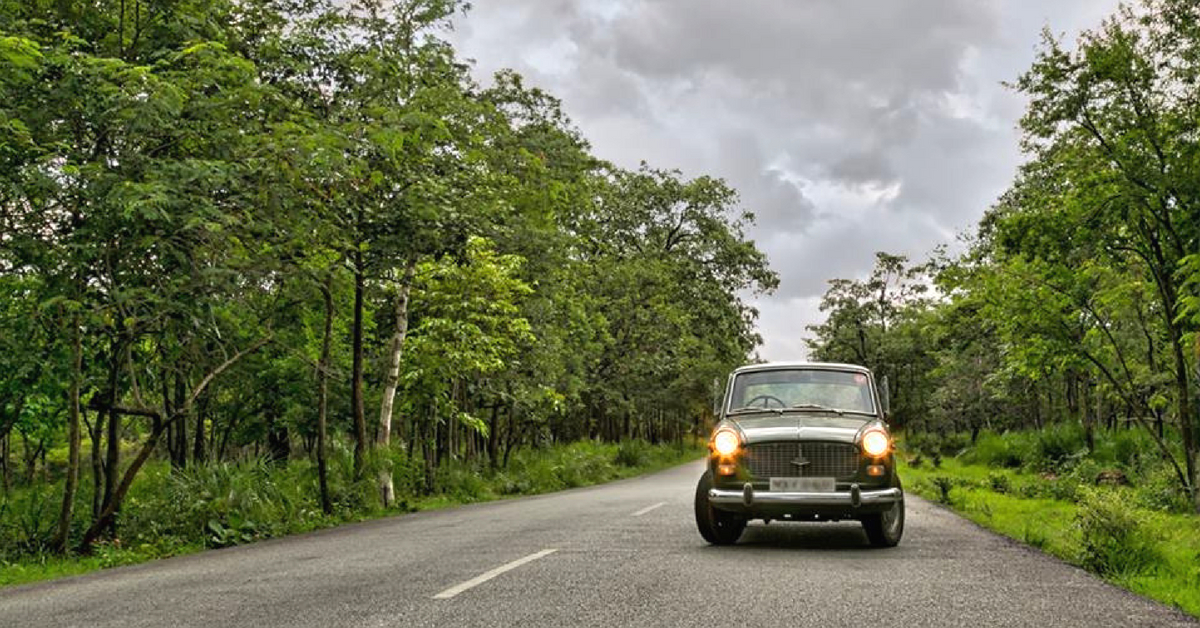
2) Hindustan Motors Contessa
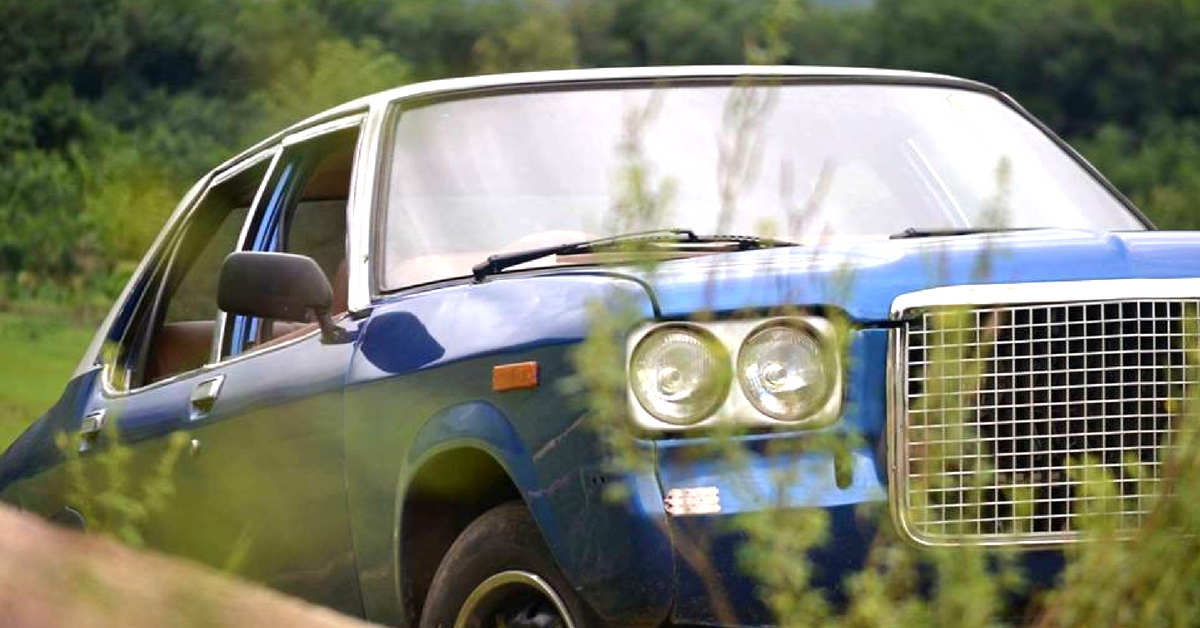
Bollywood enthusiasts will remember this as the choice of villains, while automobile enthusiasts saw what they thought was an Indian muscle car.
The Contessa was based on the Vauxhall VX Series, and on its launch in 1983, was one of the few luxury cars in the market, manufactured in India. The elegant, long sedan quickly caught on with government officials. The Contessa was fast—it had a maximum power output of 85 BHP at 5,000 rpm.
The car rejuvenated the stagnant fortunes of Hindustan Motors, which was looking for a new face to replace the Ambassador. The Contessa was very suitable for body modifications, unlike the other old cars of the time.
Which is why, after falling out of the market in 2002 due to extreme competition, it fell straight into the lap of enthusiasts, who took great pains to keep the flag flying high.
There are clubs dedicated to this beauty, and even today, if you see a tastefully modified Contessa on the road, it is tough to take your eyes off it. Catching a glimpse of one is still rare, so consider yourself lucky if you do!
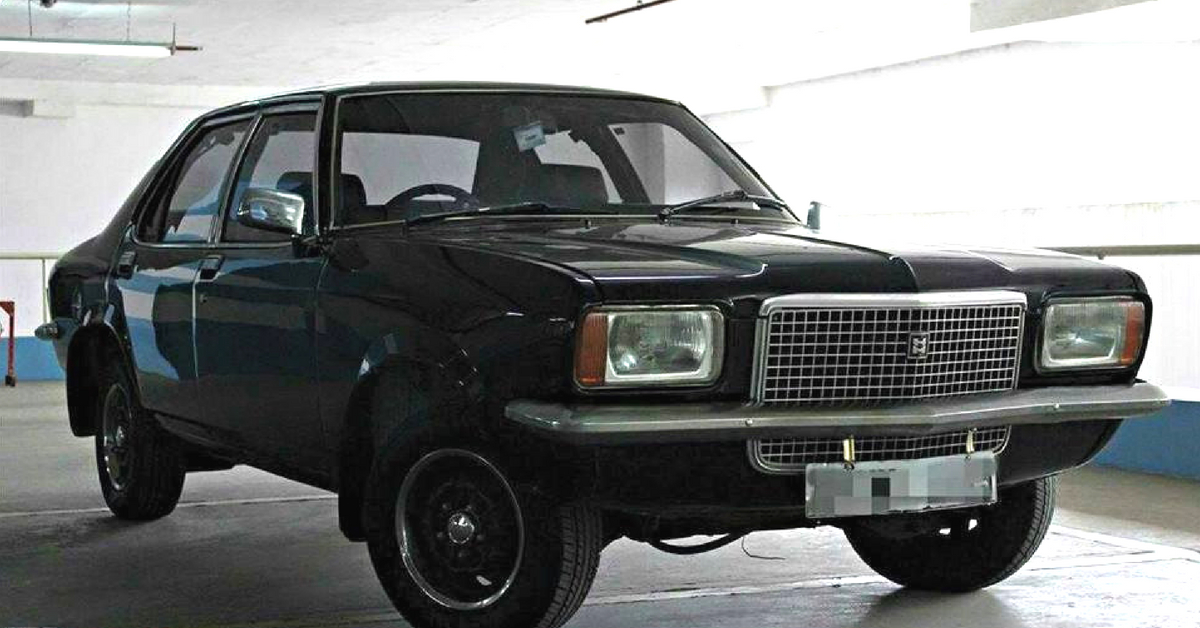
3) The first generation Maruti 800 DX
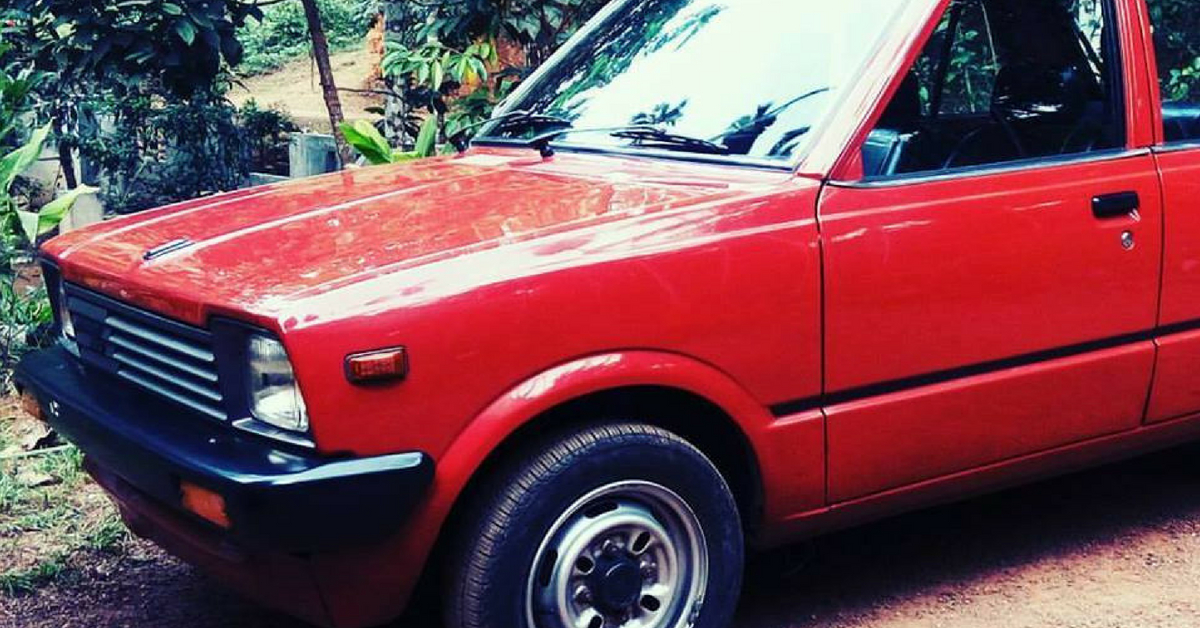
This car needs no introduction—it is the largest selling car in India, and with good reason. It offered value for money, ease of driving, good fuel economy and reliability. The humble Maruti 800 gave millions of urban middle-class families the opportunity to be car owners.
The original 800 was based on the Suzuki Fronte SS80, and it revolutionised the automobile industry in India. An interesting bit of trivia—Prime Minister Indira Gandhi handed over the keys of the very first car to Mr Harpal Singh, on 14th December 1983, at a very elaborate ceremony in New Delhi!
The USP of the 800 was obvious—it was the people’s car, and that played in the little wonder’s favour. Any proud owner would have to wait at least 3 years after booking till delivery. The first generation of the car, the 800 DX, is instantly recognisable thanks to the horizontal grill and the branding on it.
Incidentally, later models had a mesh grill, setting them apart from the first generation 800. The car hit a maximum of around 130 kmph and gave 20 km to the litre—a fuel economy that is still considered high, among cars.

Motorbikes
1) Ideal Jawa
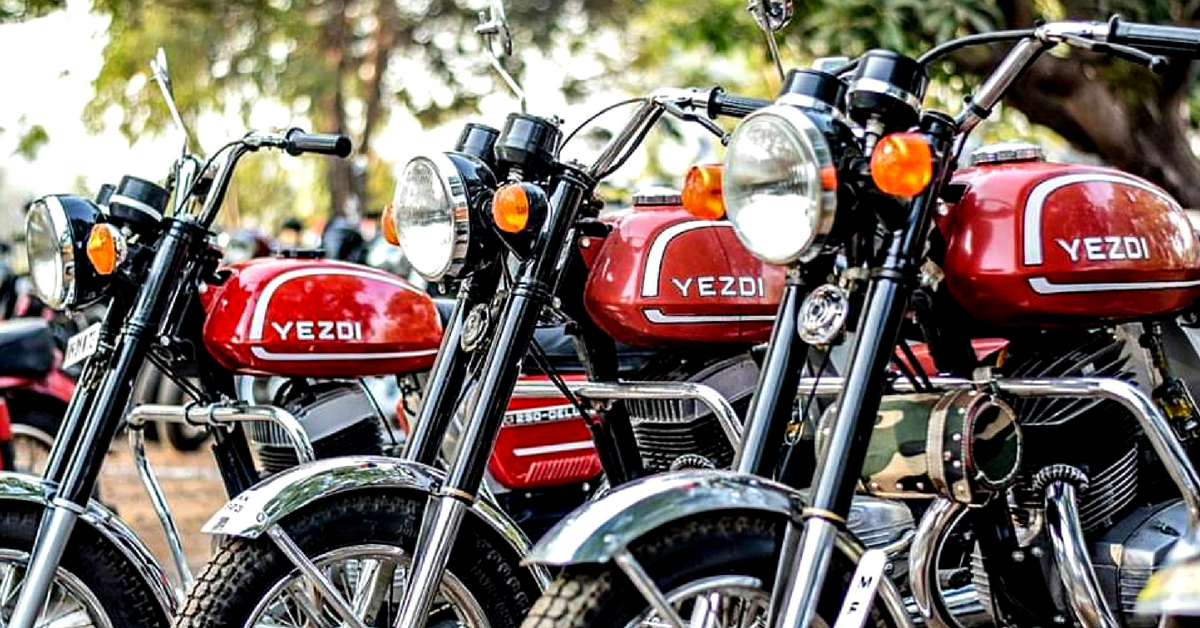
This company, based in Mysore, churned out the most iconic bikes that every motorcycle enthusiast worth his salt will know. The Yezdi motorcycles, burst into the Indian scene in 1960 and have a cult following even to this day.
There are many variants, including the famous Road King, and the Classic, and all Yezdi lovers have to thank Jayachamaraja Wadiyar, the then Governor of Mysore state, Farrokh K Irani, and his uncle, Rustom, for the bikes.
The loud, fast and easily recognisable Yezdi motorcycles enhanced the rich racing history in India. Owners and mechanics bonded to make modifications to make the Yezdi race-worthy, and once it hit the track, the motorcycle became a force to contend with, from the racing circuits in Sholavaram, Pune, and Kolkata, to the rally courses in the high Himalayas.
Thousands of motorcyclists in India, who grew up with the bike, or wanting one, ensured that the brand rode on. Today, the Yezdi, though rare, is instantly recognisable and even has a day dedicated to it—the second Sunday of every July.

2) Yamaha’s RD350 and RX100
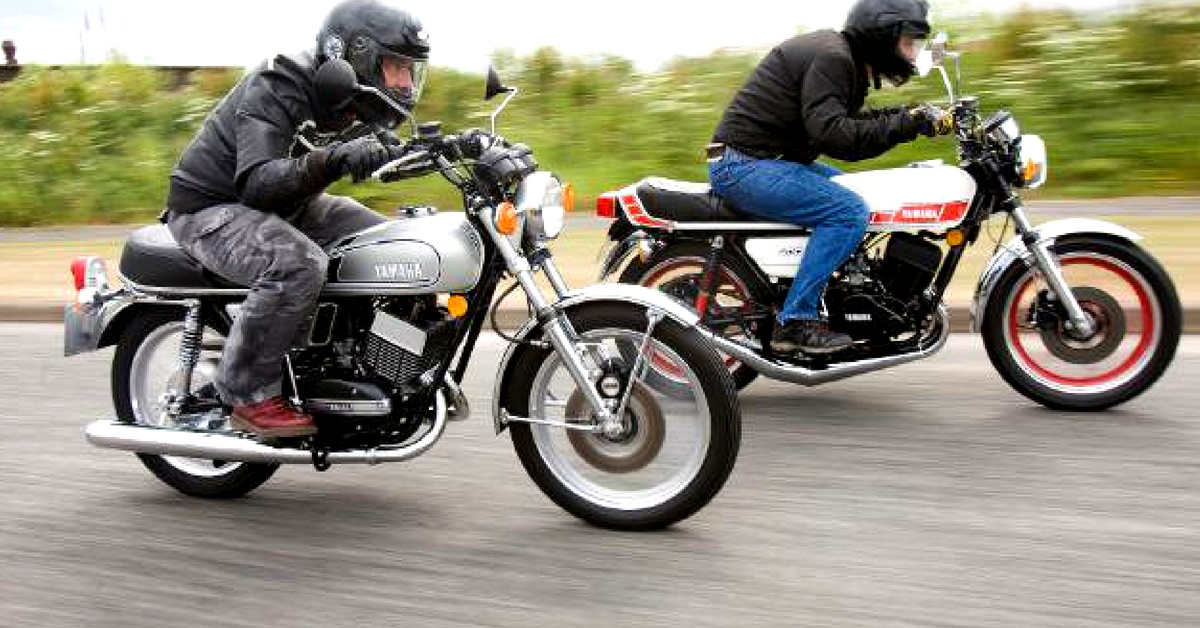
These two bikes are iconic in their own way. The RD 350 was manufactured by the Escorts Group, and it was promoted in India as the Rajdoot in collaboration with Yamaha Japan. The RD 350 is a 2-stroke beast, and its reputation quickly caught up with it when it earned the nickname YamRaj, due to the dangerous nature of the bike.
The RD 350 was launched in 1983 and was considered before its time. Its production was stopped in 1990, with the last model reportedly sold in 1991.
The Yamaha RX 100, was a follow up to the RD 350, and a competitor to Suzuki’s AX 100. November 1985 saw the launch of the RX 100, to widespread acclaim.
The extremely fiery 2-stroke pocket rocket could deliver insane amounts of raw power. Naturally, the RX 100, which was phased out after the 2-stroke ban, was quickly adopted by racers, who put it to use on drag strips and circuits.
Engine modifications like porting, tuning, sprocketing and expansion chambers, made this a track scorcher. By the time the RX100 stopped production in 1996, the bike had already hit cult status.

3) Royal Enfield

This manufacturer continues to crank out machines to this day. When they were introduced, Bullets, as they are popularly known, were initially required by the Government who wanted a suitable bike for the police and the army. Today, the bike has its worshippers from Kashmir to Kanyakumari.
The government ordered around 800 units of the 350 cc model. In 1955, the Redditch parent company partnered with Madras Motors in India, to form “Enfield India,” to assemble the 350 cc Royal Enfield motorcycle in Chennai, and by 1962, all components of the bike were made in India.
The Royal Enfield went through a slight slump, but rose like a phoenix again, banking heavily on nostalgia and the feel of owning a piece of history.
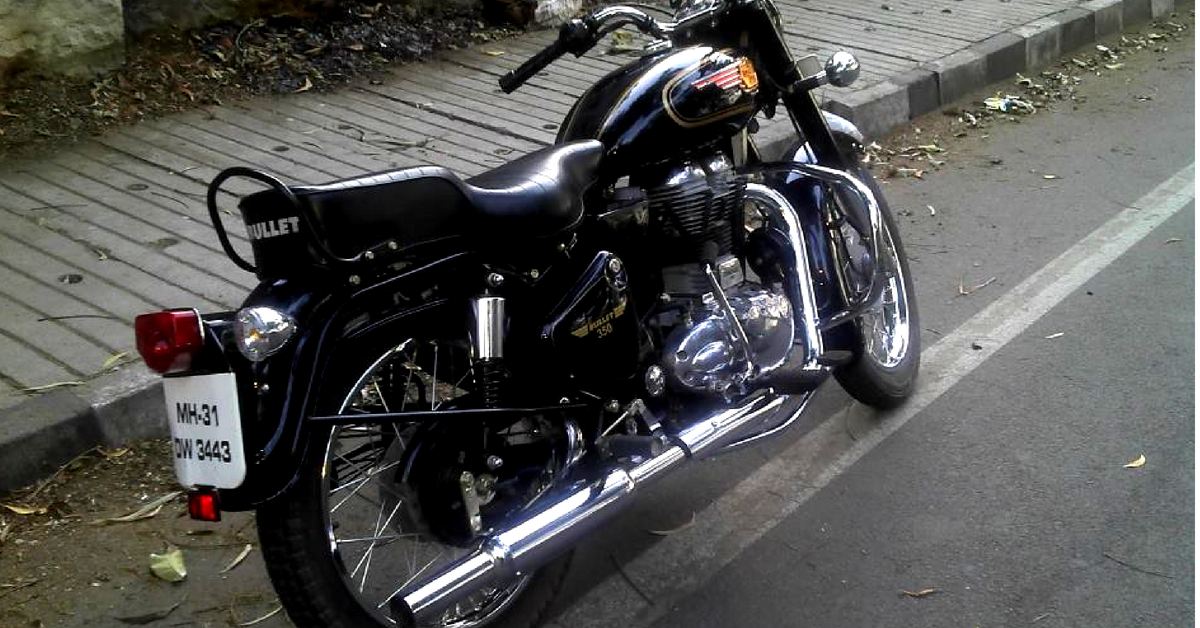
The company may have produced different variants over time, but the classic Bullet silhouette with the round headlamp, bulbous tank, and signature thumping sound, is instantly recognisable. The motorcycles have undergone some changes, introducing disc brakes and electric starters, but the basic form of the motorcycle has remained the same over the years. It might be a tad bit sluggish, and expensive to maintain, but the Bullet is firmly lodged in the hearts of enthusiasts the world over.
You may also like:- This Startup Can Reduce Your Vehicle’s Fuel Consumption by 25%!
The above list of vehicles is not exhaustive by any means. There are other vehicles that have attained cult status over time, but these have stood out. Today, these vehicles might seem basic, but they were ahead of their time in that era and set the tone for the modern automotive innovation that we see today.
(Edited by Gayatri Mishra)
Featured image courtesy: Instagram
Like this story? Or have something to share? Write to us: [email protected], or connect with us on Facebook and Twitter.
NEW: Click here to get positive news on WhatsApp!
If you found our stories insightful, informative, or even just enjoyable, we invite you to consider making a voluntary payment to support the work we do at The Better India. Your contribution helps us continue producing quality content that educates, inspires, and drives positive change.
Choose one of the payment options below for your contribution-
By paying for the stories you value, you directly contribute to sustaining our efforts focused on making a difference in the world. Together, let’s ensure that impactful stories continue to be told and shared, enriching lives and communities alike.
Thank you for your support. Here are some frequently asked questions you might find helpful to know why you are contributing?


This story made me
-
97
-
121
-
89
-
167













